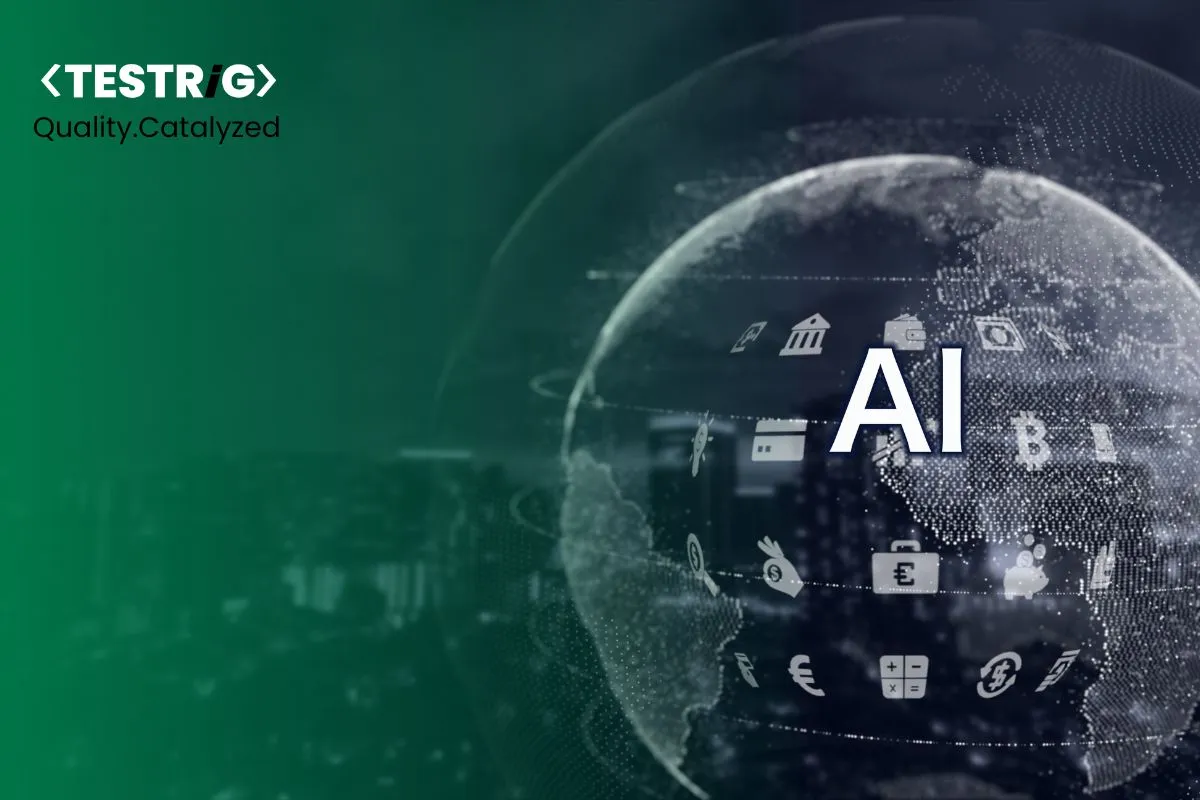
Artificial Intelligence (AI) has transformed industries, revolutionized processes, and even reshaped the way we interact with technology. From powering recommendation systems to driving autonomous vehicles, AI systems have become ubiquitous in our daily lives.
In the Tech Era, the exponential growth of AI based applications promises a revolution across industries. A recent McKinsey report, predicts AI could contribute up to $15.7 trillion to the global economy by 2030.
The rapid advancement of Artificial Intelligence (AI) is fundamentally transforming how we interact with technology. Take, for instance, chatbots that streamline financial transactions and recommendation engines that personalize customer experiences.
Chatbots empower users to conveniently manage finances through conversational interfaces on their phones, eliminating the need for physical branch visits or navigating intricate banking app menus. This exemplifies how AI is revolutionizing user interactions, making them faster, more convenient, and even tailored to individual preferences.
However, with great power comes great responsibility, and testing AI applications presents many challenges that demand careful consideration and innovative solutions.
Unlike traditional software with well-defined rules, AI applications constantly learn and adapt. This transformative power presents a unique challenge: testing these ever-evolving applications to ensure their reliability and trustworthiness.
Why is Testing AI-based Applications Different?
As technology continues to advance at an unprecedented pace, artificial intelligence (AI) stands at the forefront of innovation, revolutionizing industries across the globe. Testing AI-based solutions presents a unique array of hurdles and complexities such applications deviate from the conventional software testing paradigm due to distinct characteristics inherent to artificial intelligence.
- Unpredictable Outputs: The traditional software with fixed responses, AI based products learn and adapt, leading to variable outputs. QA Testers need to account for this flexibility.
- Data Quality Under the Microscope: The data used to train an AI model heavily influences its performance. Testing goes beyond functionality to ensure this data is high-quality and unbiased, preventing unfair or inaccurate AI results.
- Demystifying the Black Box: Traditional software logic is clear, but AI models can be like black boxes where their decision-making process is unclear. Testers strive to make the model’s reasoning more transparent for better trust and issue identification.
- Continuous Learning Curve: AI models are constantly learning from new data. Testing becomes an ongoing process to guarantee the model’s effectiveness in real-world scenarios as it encounters new information.
- Evolving Testing Tools: New AI-powered testing tools are emerging to address the unique challenges of AI applications. Testers need to stay updated on these advancements to effectively evaluate and ensure the reliability of AI systems.
- Adaptability: AI systems are designed to adapt and learn from new data inputs, requiring testing scenarios that reflect real-world conditions.
Obstacles in Testing AI-based Applications
The ever-evolving nature of AI applications presents a unique set of hurdles for testers. Here’s a breakdown of the key obstacles that can trip you up in the wild west of AI application testing:
1. Data Challenges:
-> Limited Data: Building robust AI models often requires massive, diverse datasets for testing. This can limit the model’s ability to handle real-world scenarios with unexpected inputs.
-> Biased Data: Biases in data can lead to discriminatory outputs during testing. A facial recognition system trained on mostly male faces might struggle to identify females.
2. Non-Deterministic Behavior: Unlike traditional software with fixed logic, AI systems can learn and adapt over time. This can make their behavior unpredictable and difficult to test definitively.
3. Complex Acceptance Criteria: Defining success metrics for AI systems can be tricky in the testing phase. How much accuracy is “good enough”? What are acceptable margins for error?
4. Resource Constraints: Testing AI models can be computationally expensive, requiring significant processing power, which can be expensive and time-consuming.
How to Overcome the Obstacles in Testing AI based Application
1. Data Challenges:
-> Data Collection: Focus on gathering high-quality, diverse data that reflects real-world use cases for testing.
-> Data Augmentation: Utilize techniques like data augmentation to create variations of existing data and improve model robustness during testing.
-> Debiasing Techniques: Implement techniques to identify and mitigate biases in your training data to ensure fairer testing.
2. Non-Deterministic Behavior:
-> Adversarial Testing: Craft adversarial inputs specifically designed to fool the AI model and expose potential vulnerabilities during testing.
-> Mutation Testing: Introduce controlled variations in the data used for testing to test the model’s resilience to unexpected inputs.
-> Fuzz Testing: Apply random or semi-random inputs to the model to identify edge cases and potential failures during testing.
3. Complex Acceptance Criteria:
-> Error Rate Analysis: Set clear error rate thresholds for different types of errors (e.g., false positives vs. false negatives) based on the application’s risk tolerance during testing.
-> Human-in-the-Loop Evaluation: Combine automated testing with human evaluation, especially for subjective tasks or safety-critical applications during testing.
4. Resource Constraints:
-> Model Compression Techniques: Utilize techniques like pruning or quantization to reduce the model size and computational footprint for testing.
-> Cloud-based Testing Platforms: Leverage cloud-based platforms with access to powerful GPUs and TPUs for faster testing.
Effective testing of AI-based applications requires a deep understanding of the unique challenges posed by AI algorithms and their interaction with data. By embracing innovative techniques and adopting an adaptive testing strategy, organizations can navigate the intricacies of AI testing and ensure the reliability, safety, and trustworthiness of AI-driven solutions in today’s dynamic landscape.
Seeking assistance or looking to get in touch with a leading AI application Testing Company? Engage with our team of AI experts to gain insights into overcoming the hurdles of testing AI.
Discover how Testrig can facilitate your organization’s journey through AI and machine learning (ML) digital transformation.


